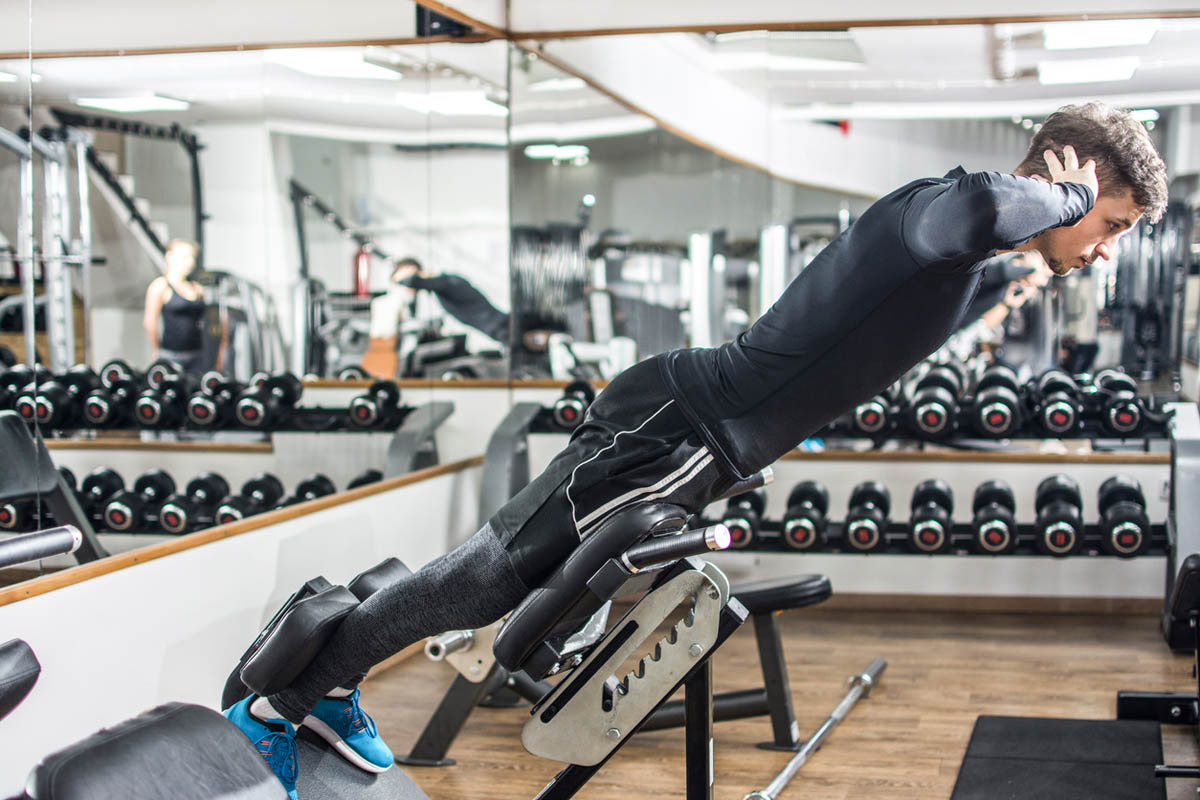Muslces Easily Overlooked and How to Train Them

We all have the exercises we love and repeat over and over in the gym. Movements like the deadlift, squat, bench press, incline press, curls, tricep extensions, and several others everyone is familiar with. While these lifts go a long in building strength and endurance in your musculature, many underlying structures must be targeted directly or will otherwise become weak as the bigger and more powerful muscles take over. Imbalances can arise and cause nagging injuries that are difficult to pinpoint when your strength is high.
Here are 7 muscles frequently overlooked in a standard training protocol and effective exercises to train them.
Rotator Cuff
The rotator cuff is a group of muscles and tendons that surround the shoulder joint, keeping the head of your upper arm bone firmly within the shoulder’s shallow socket. The rotator cuff is made up of four muscles: the supraspinatus, infraspinatus, teres minor, and subscapularis. These muscles work together to allow a wide range of motion in the shoulder, including lifting and rotating your arm.
The main functions of the rotator cuff include stabilizing the shoulder joint and helping to facilitate various shoulder movements. These muscles are crucial for everyday activities that involve the use of the arms, such as lifting, reaching, and throwing.
Rotator Cuff Exercises
Gluteus Medius
The gluteus medius is one of the three muscles in the buttocks, along with the gluteus maximus and the gluteus minimus. It is situated on the outer surface of the pelvis. This muscle is vital for stabilizing the pelvis when standing on one leg, walking, or running. It also assists in the rotation of the thigh and is essential for maintaining balance and proper gait.
Weakness or injury to the gluteus medius can lead to various issues, including difficulty walking, hip pain, and problems with balance and stability. Strengthening exercises for the gluteus medius are often recommended as part of physical therapy for various lower limb injuries and conditions.
Gluteus Medius Exercises
Tibialis Anterior
The tibialis anterior is a muscle located in the front of the lower leg. It is one of the muscles that make up the anterior compartment of the leg. This muscle plays a significant role in the dorsiflexion of the ankle joint and inversion of the foot.
Dorsiflexion is the movement that involves lifting the toes and the top of the foot toward the shin, essentially bringing the foot closer to the shin. This action is essential for walking, running, and maintaining standing balance. Inversion of the foot refers to turning the sole inward.
Tibialis Anterior Exercises
Hamstrings
The hamstrings are a group of three muscles located at the back of the thigh. They are named the biceps femoris, semitendinosus, and semimembranosus. These muscles are responsible for various movements, such as bending the knee and extending the hip.
Strength imbalances are common between the hamstrings, which flex the knee, and the opposing quadriceps muscle group responsible for extending the knee. These strength imbalances can lead to injury over time.
Hamstring Exercises
Erector Spinae
The erector spinae is a group of muscles located in the back, running vertically along the spine. These muscles play a significant role in maintaining proper posture and providing stability and movement for the vertebral column. The erector spinae muscles are crucial for back activities, such as bending, straightening, and rotating the spine. They are also engaged during activities that require lifting and standing.
Together, the erector spinae muscles, the Iliocostalis, Longissimus, and Spinalis, contribute to the extension and lateral flexion of the spine. Strengthening these muscles can help improve posture, reduce the risk of back pain, and support overall spine health.
Erector Spinae Exercises
Psoas
The psoas is a major muscle in the human body located in the lower lumbar region of the spine and extends through the pelvis, connecting to the femur. The psoas are responsible for hip flexion, which raises the thigh toward the abdomen.
Tight or weak psoas muscles can contribute to discomfort and imbalances in the lower back and hips. Stretching and strengthening exercises are sometimes recommended to alleviate these issues.
Psoas Exercises
Quadratus Lumborum
The quadratus lumborum is a muscle located on each side of the posterior wall of the abdomen. It is a deep muscle that is irregular and quadrilateral in shape, and it is involved in various movements and stabilization of the trunk and spine. The quadratus lumborum is essential for maintaining posture and is particularly important in activities that include bending, twisting, and side-bending of the trunk.
Located deep within the back, the quadratus lumborum connects the pelvis to the spine and the ribcage. It is often considered one of the key muscles for stabilizing the lumbar spine and is relevant in lower back pain and postural issues.
Quadratus Lumborum Exercises
Check out this great article from The Prehab Guys that details several stretches and exercises for the QL.






